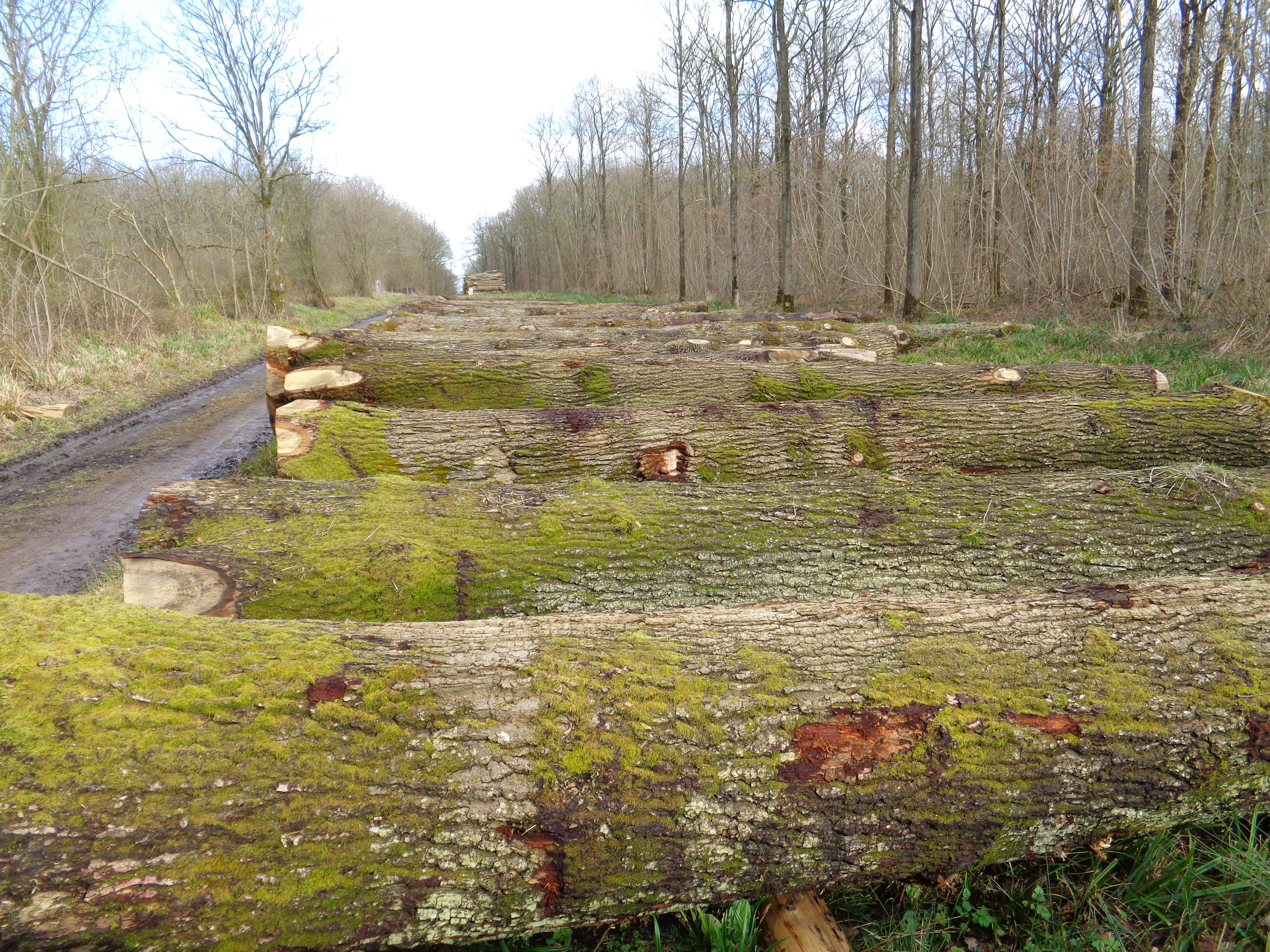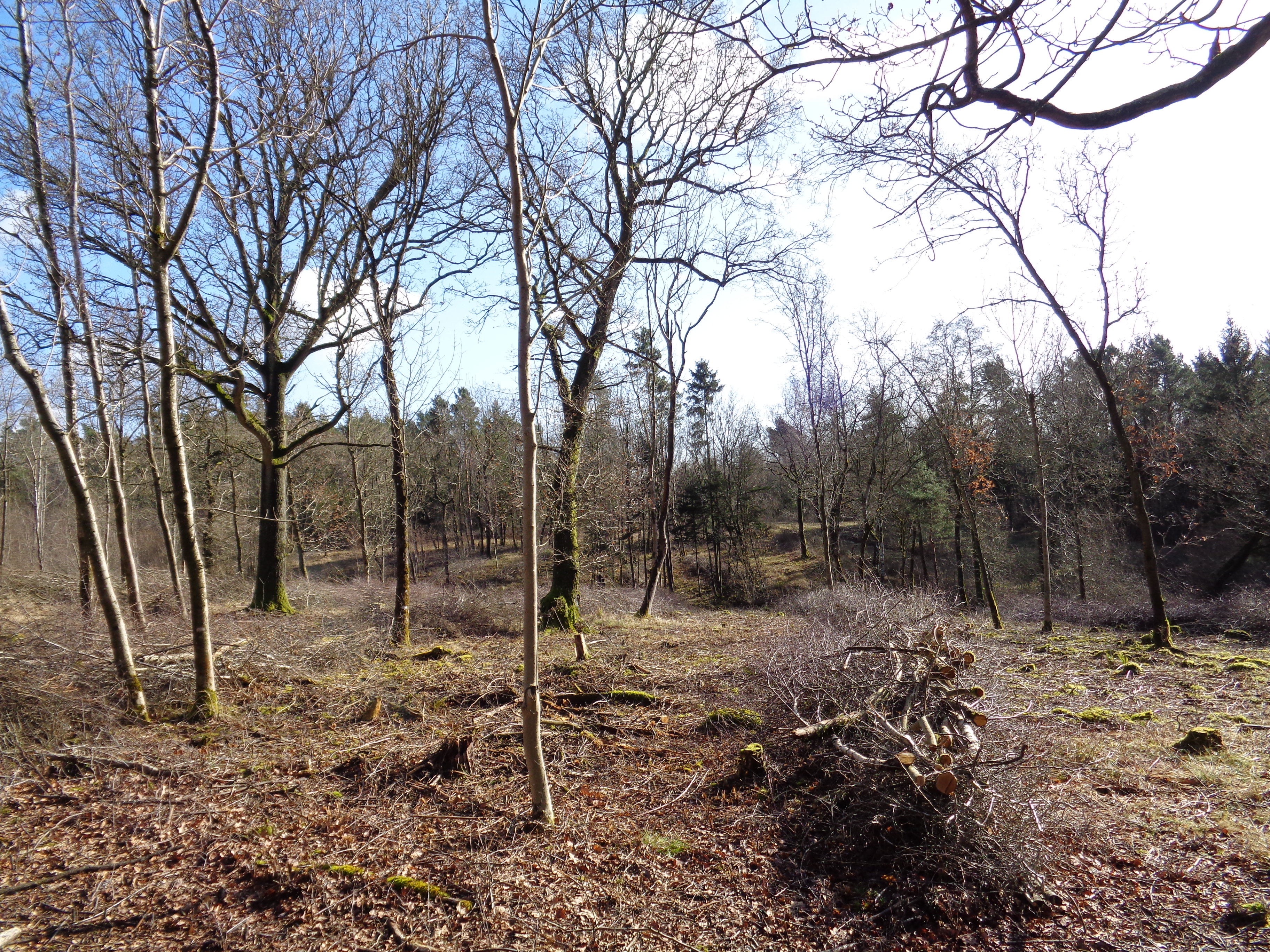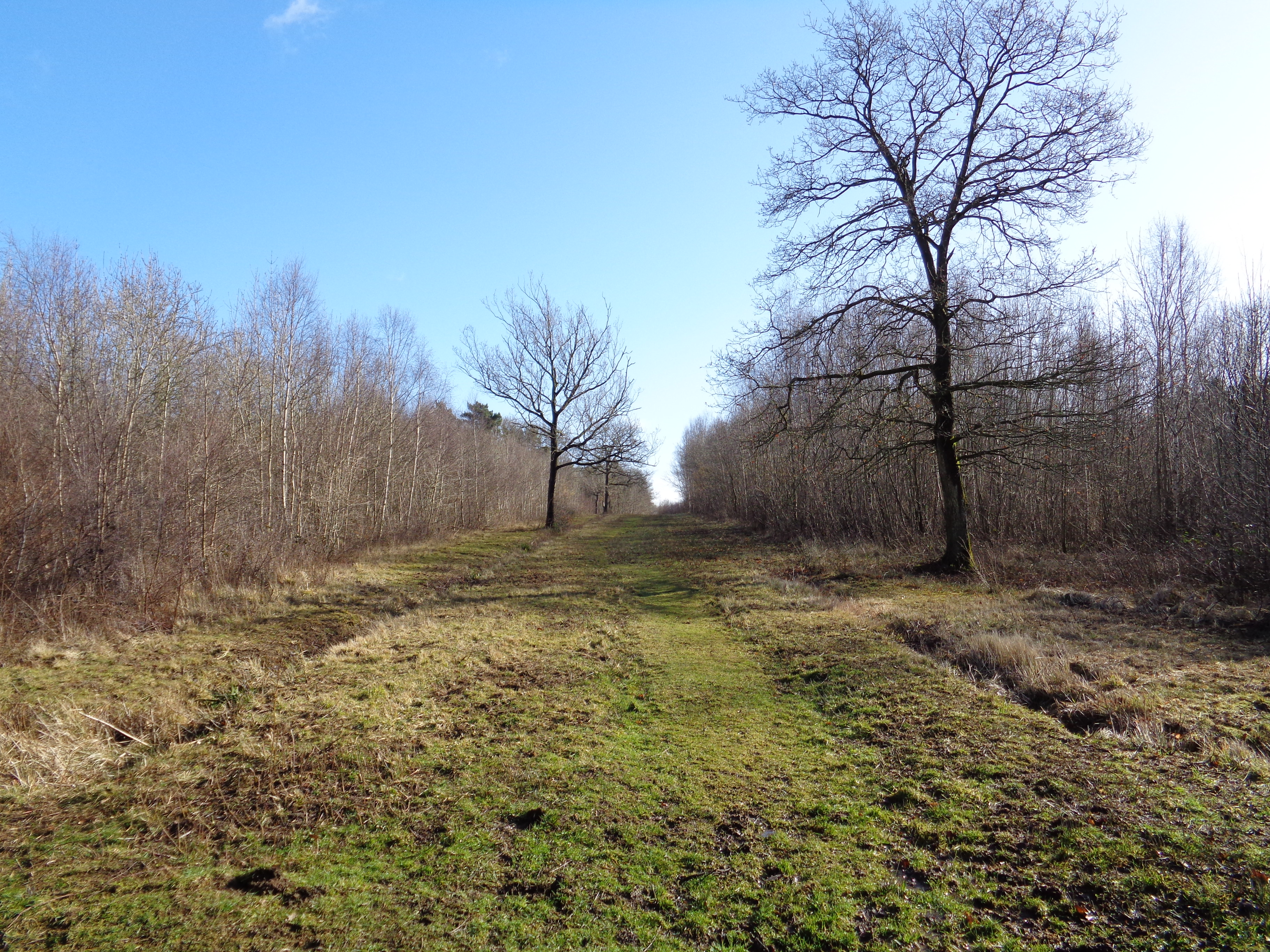Braydon Woods Forest Plan
About
The Braydon Woods forest plan area, in north Wiltshire, between Swindon and Malmesbury, consists of three individual forest blocks: Red Lodge, Somerford Common and Webbs Wood. Once part of a much larger royal hunting forest, the Braydon Woods now form a valuable woodland resource in an area which has woodland cover of only 3% - well below the national average. In a matrix of largely open habitats including improved grassland, small fields and species-rich meadows, Braydon Woods are an important feature in the natural landscape.
Braydon Woods consist of predominantly broadleaf woodland: Red Lodge has a particularly fine crop of oak planted in the 1820s; Somerford and Webbs both offer a mix of broadleaf and conifer components. Most of the trees (70%) were planted between 1950 and 1970, with the 1820 oak at Red Lodge accounting for a further 15% of the age class structure.
None of the plan area falls within SSSI, but Webbs Wood has a combination of plantation on ancient woodland sites (PAWS) and ancient seminatural woodland (ASNW). Its coniferous non-native component now comprises only 13%, so it is considered ‘restored’. However, conifer removal will continue through thinning operations in order to increase the proportion of native broadleaves further.
Webbs Wood and Somerford Common are freehold woods and therefore designated under the Countryside Rights of Way (CROW) Act; Red Lodge is leasehold and not CROW dedicated, but has an extensive system of public rights of way (PROW) within it and informal access throughout. The woodlands are used by local walkers, dog walkers and horse riders, although recreational activity is generally low.
Objectives
The vision of the forest plan is to continue to manage economically productive woodlands, which offer opportunities to enhance and conserve biodiversity, and for informal recreation.
The social, economic and environmental objectives of management here are:
- the continued production of sustainable and marketable woodland products – for example the long-term production of high quality oak logs;
- the diversification of woodland species and structure for greater ecological and economic resilience – to pests, diseases and climate change;
- to protect and enhance areas of ancient seminatural woodland and to restore areas of PAWS in line with the ‘Keepers of Time’ policy;
- to conserve, maintain and enhance cultural and heritage assets;
- to protect and enhance woodland and open habitats and their associated species;
- the provision and maintenance of informal recreation facilities;
- to deliver well-designed forests that protect and enhance the internal and external landscape in keeping with the local landscape character.
What we’ll do
The forest plan describes management proposals, including felling and restocking over several decades, with felling license approval for operations up until 2028.




